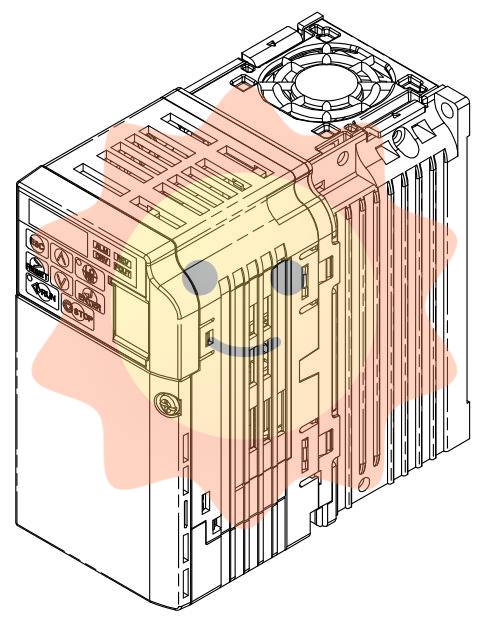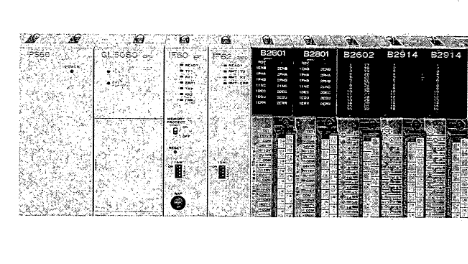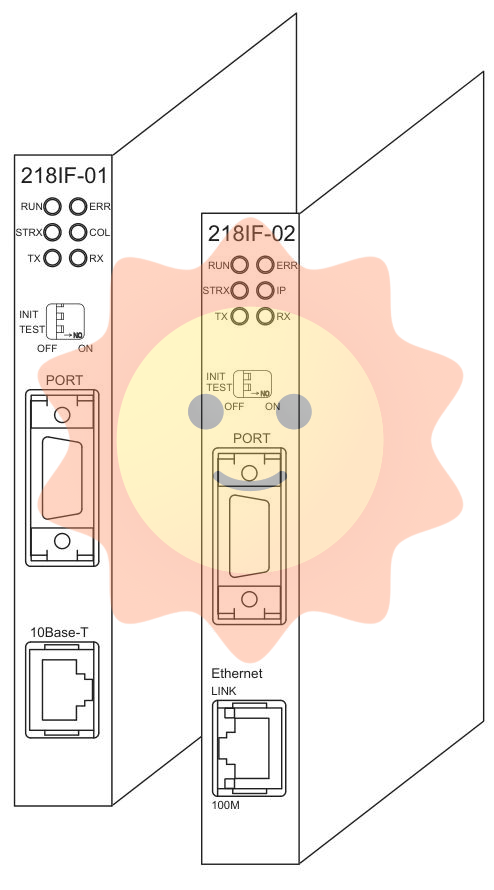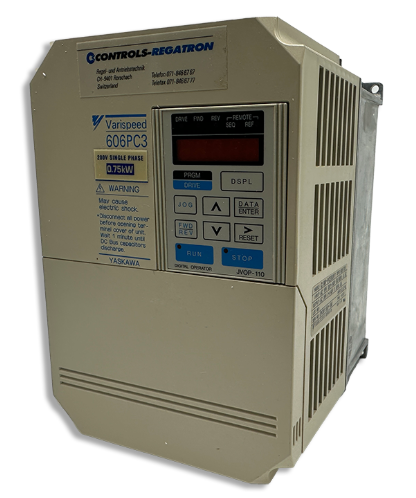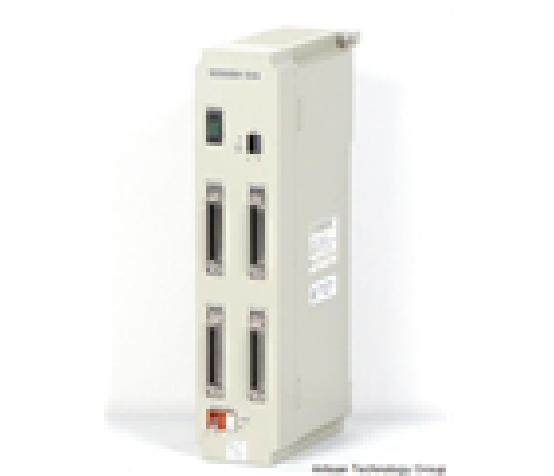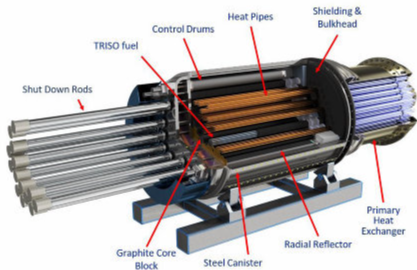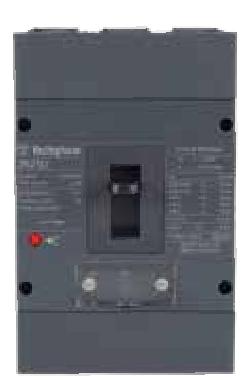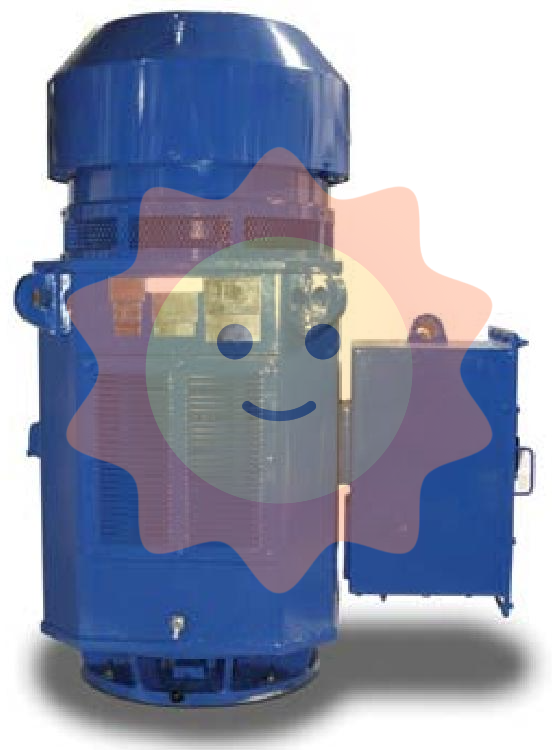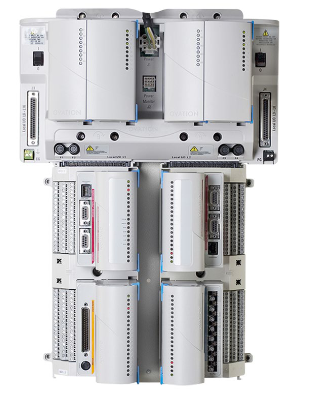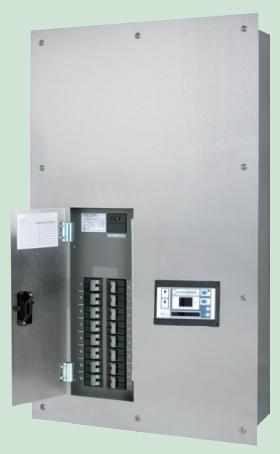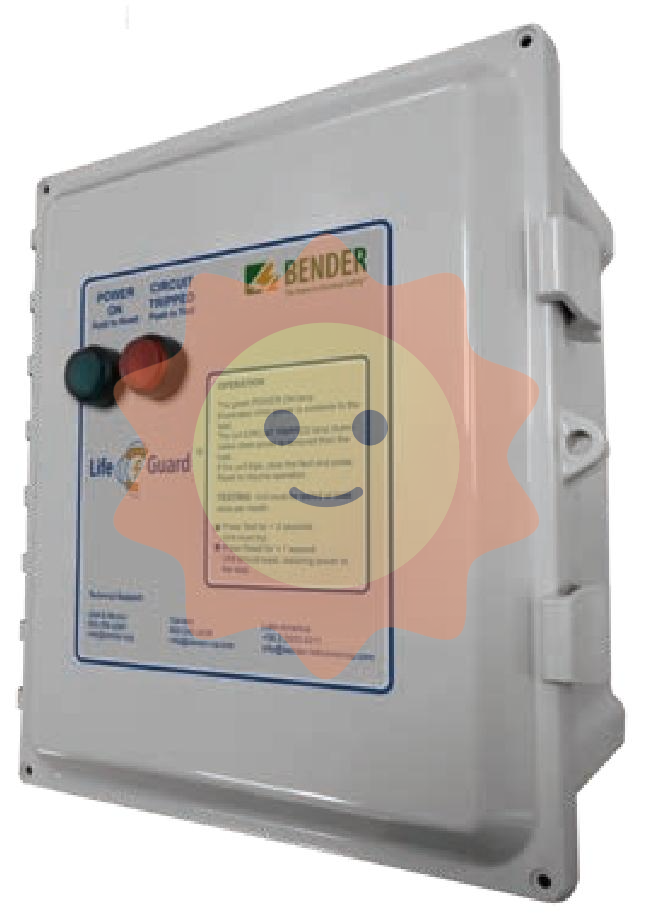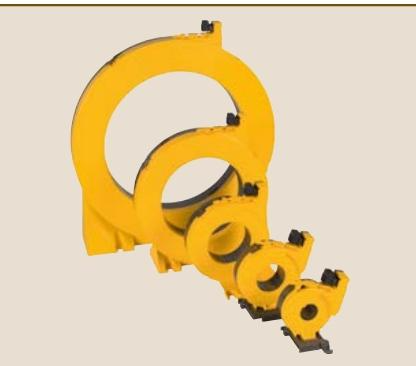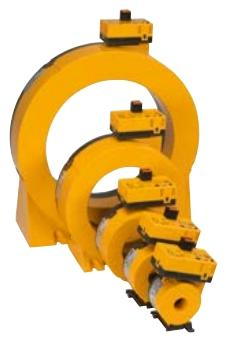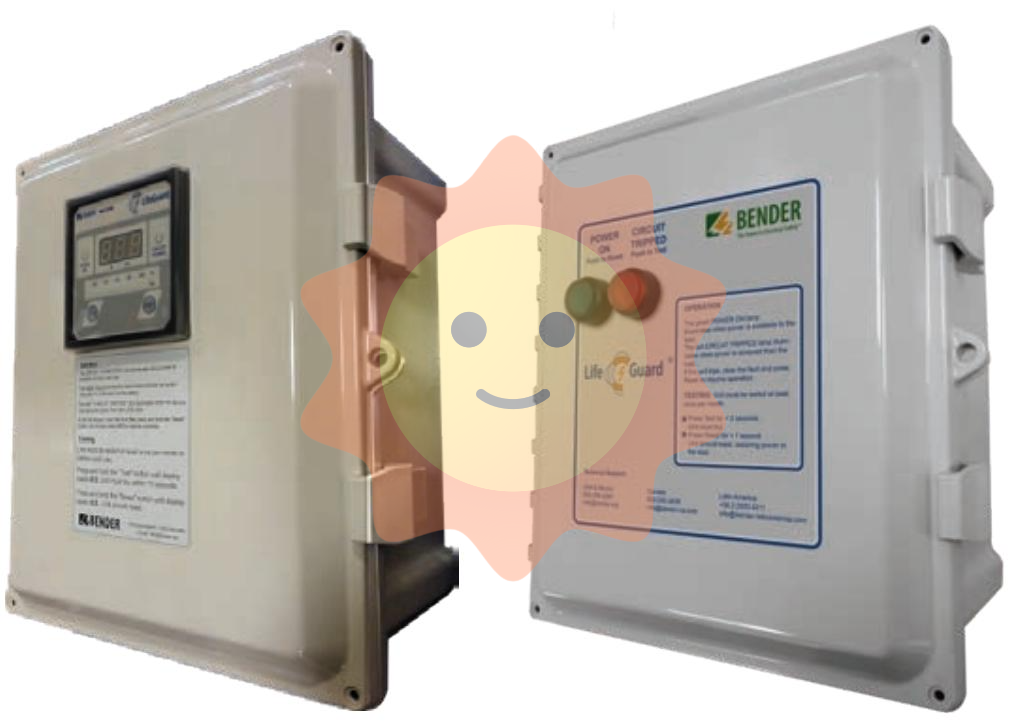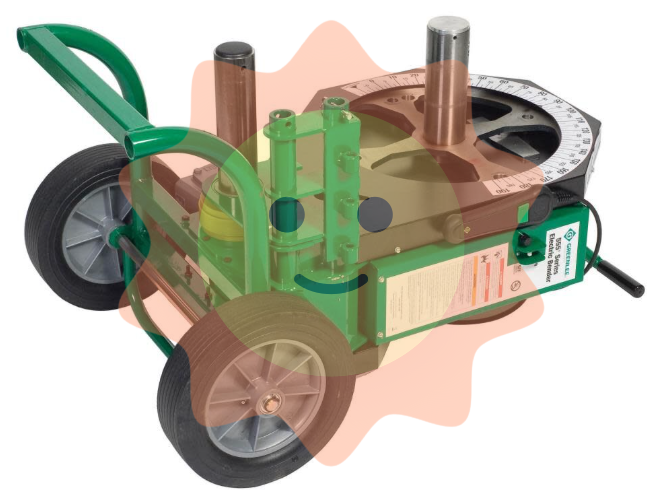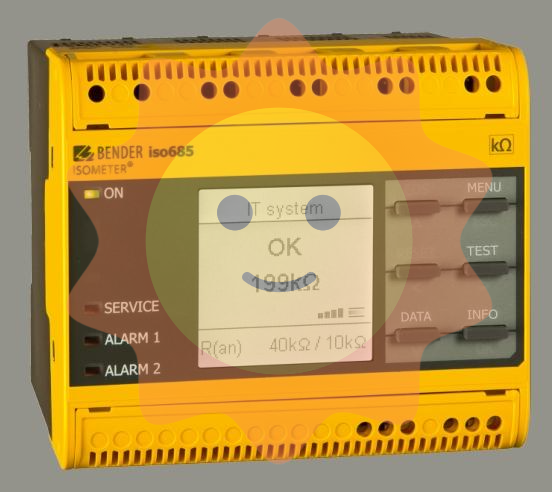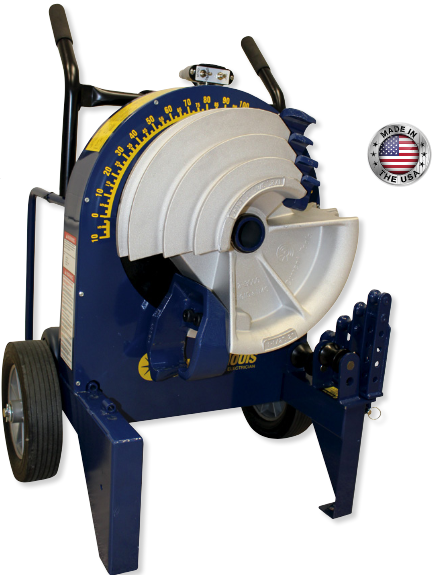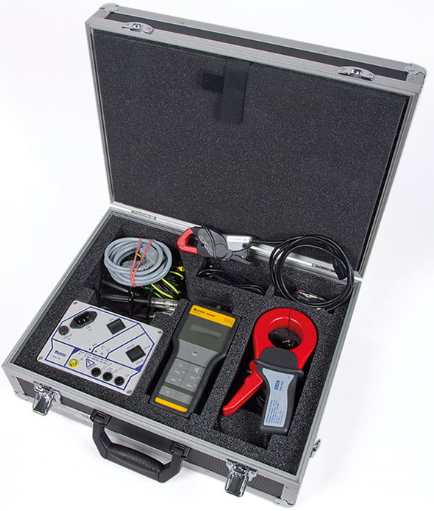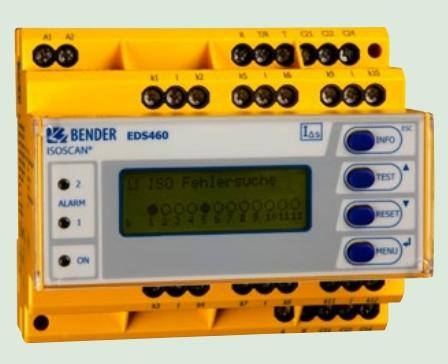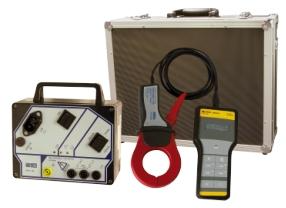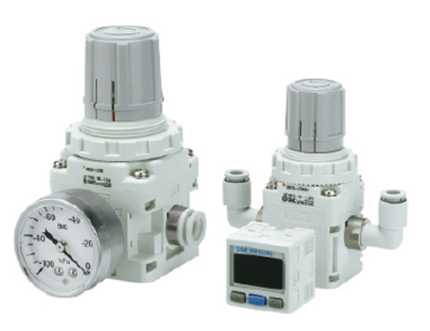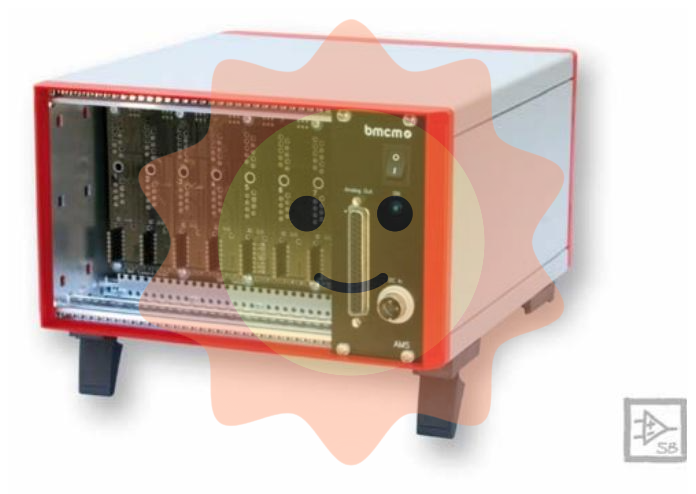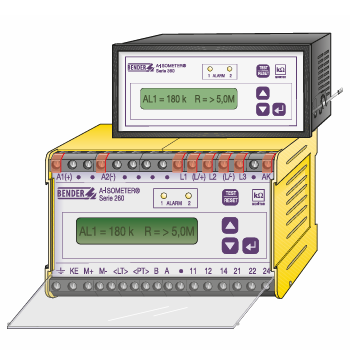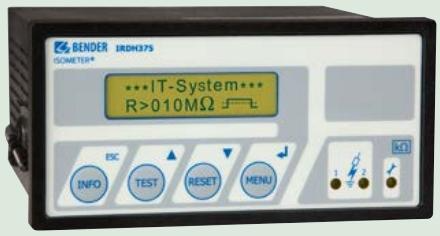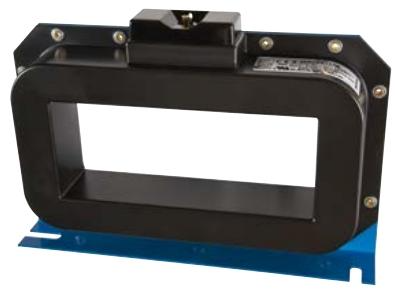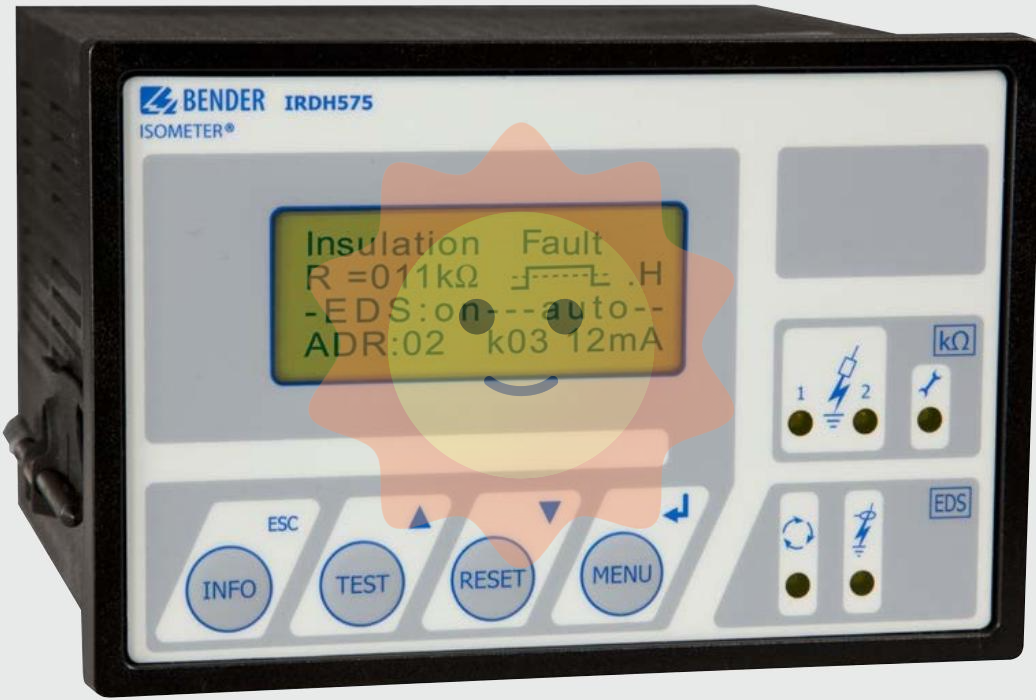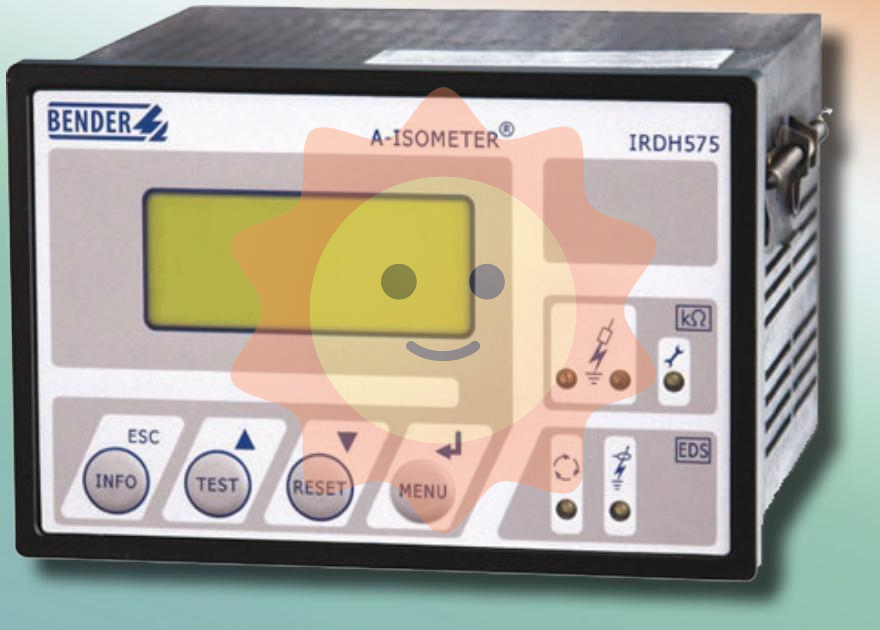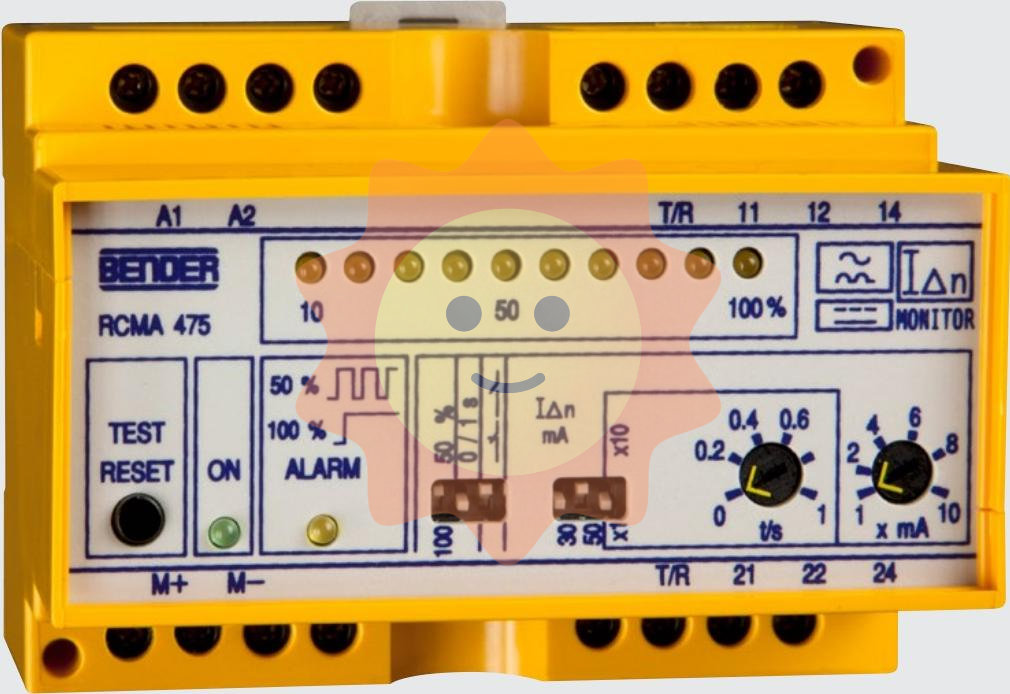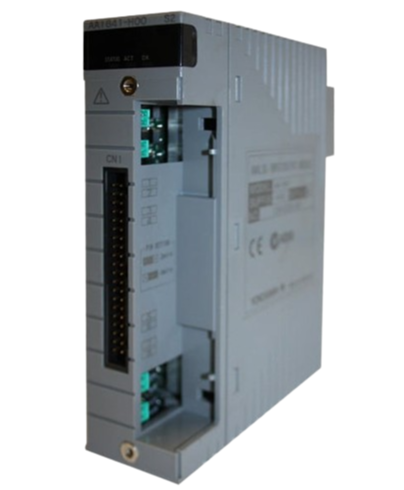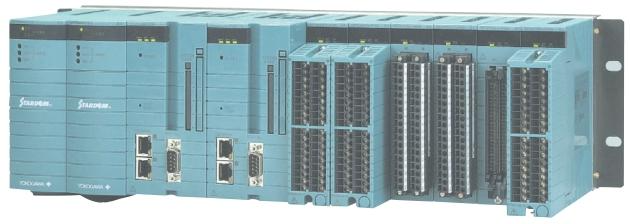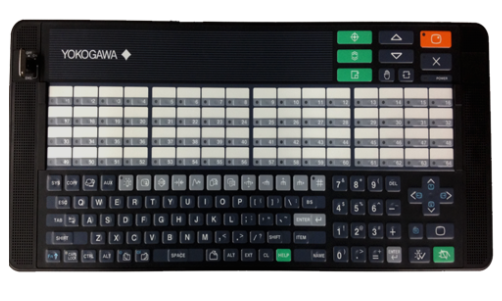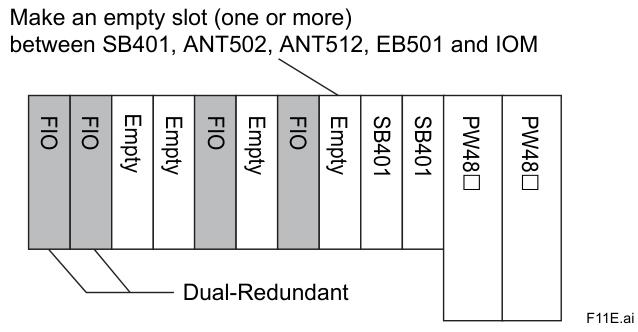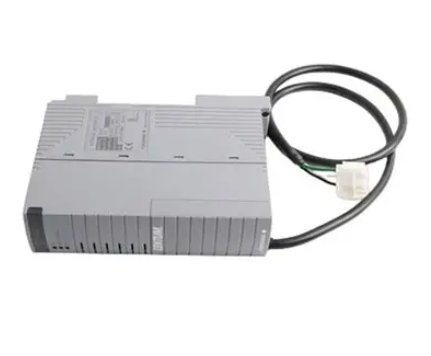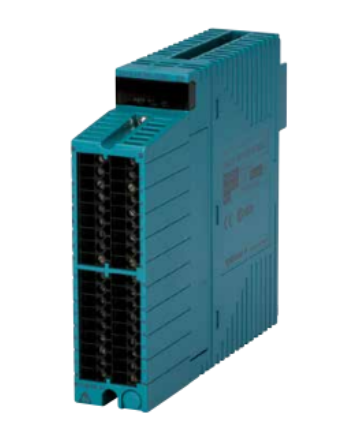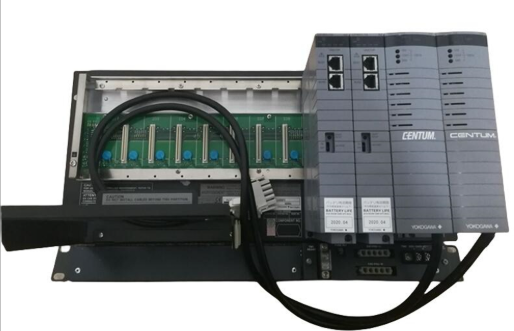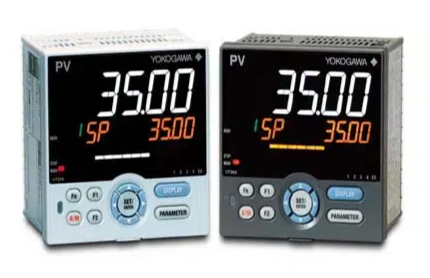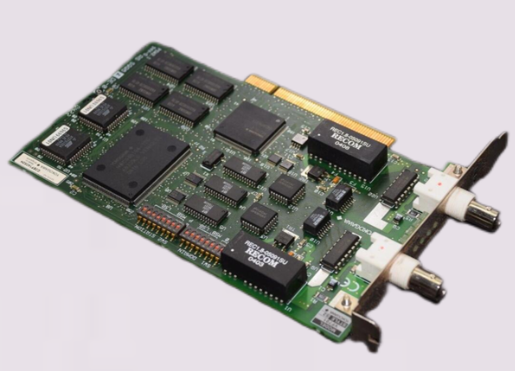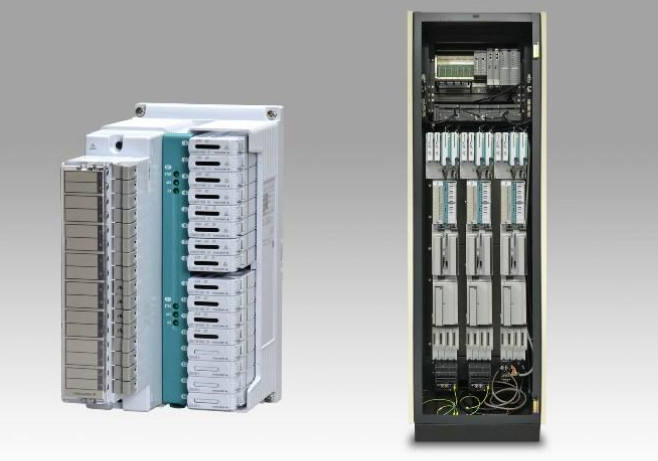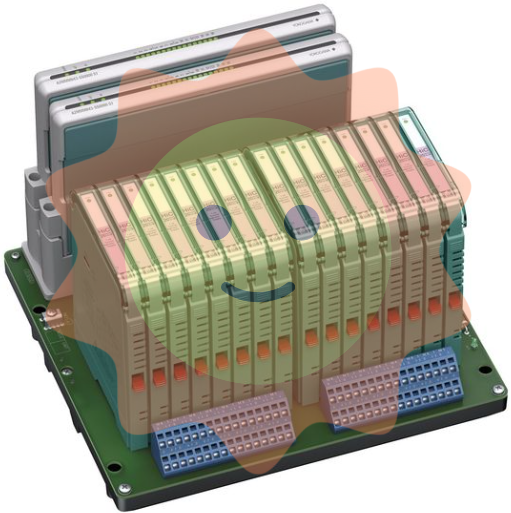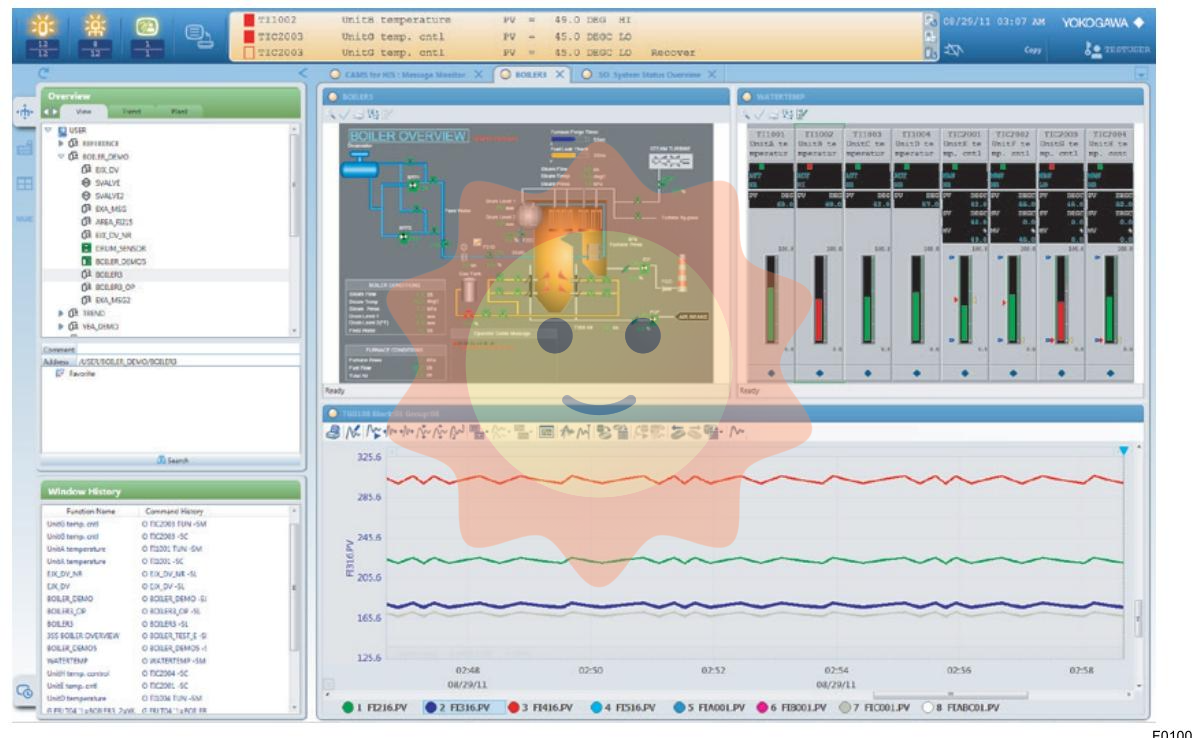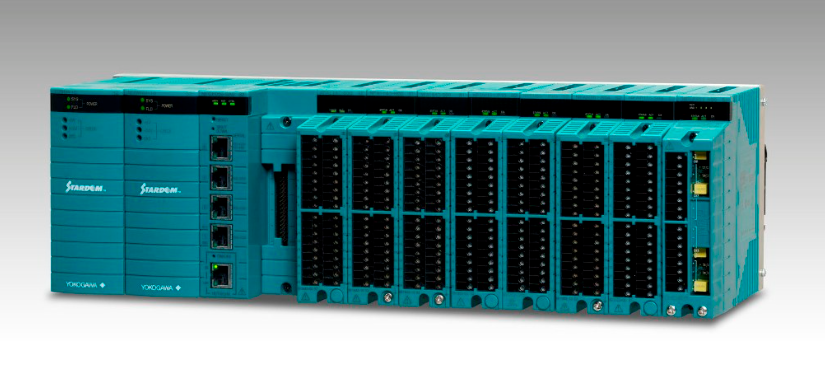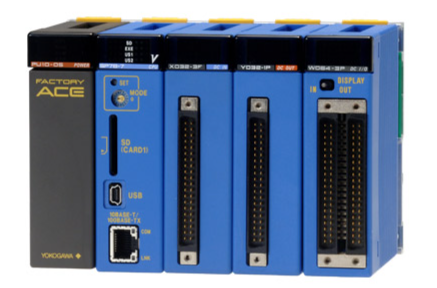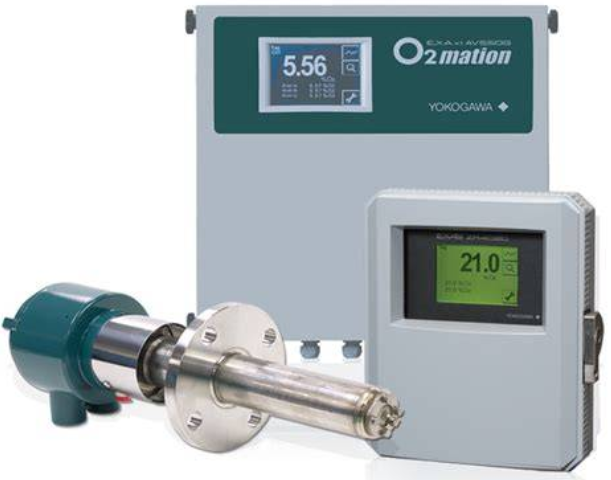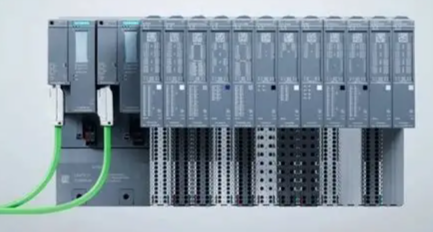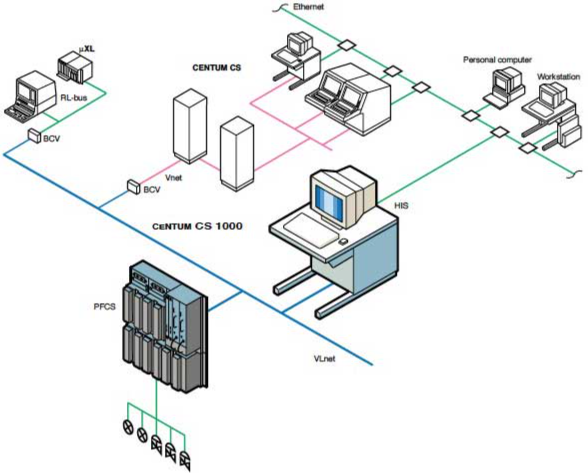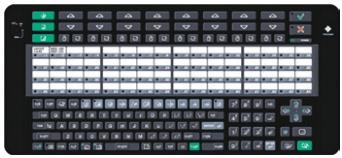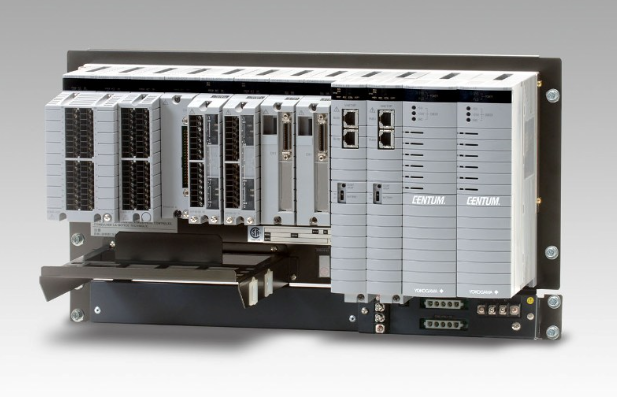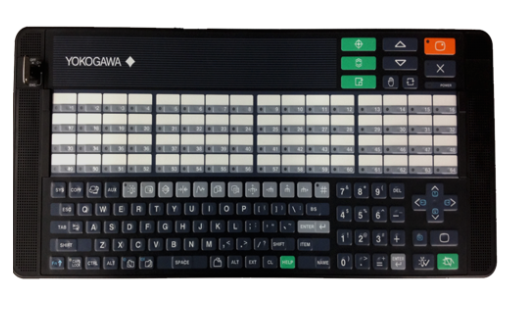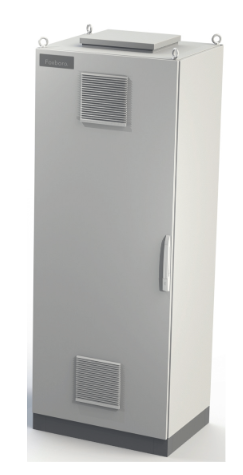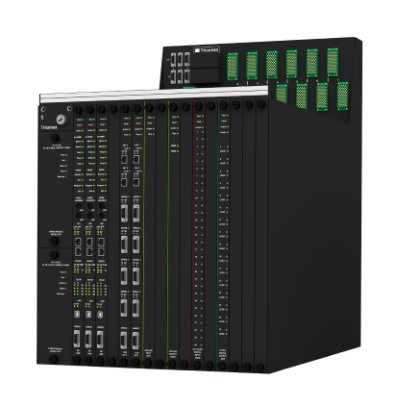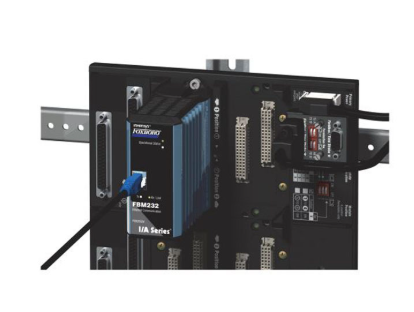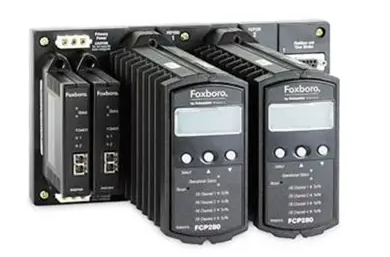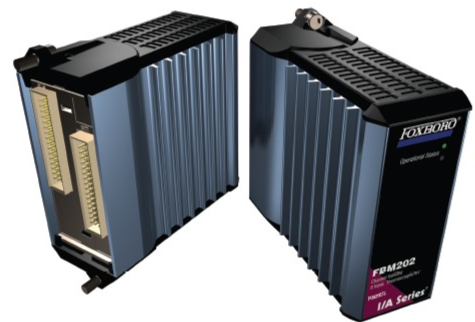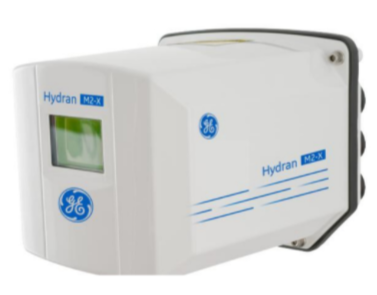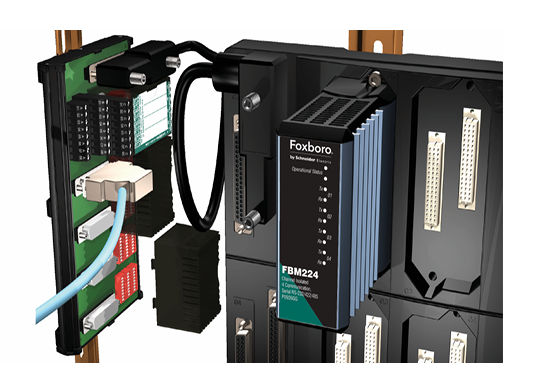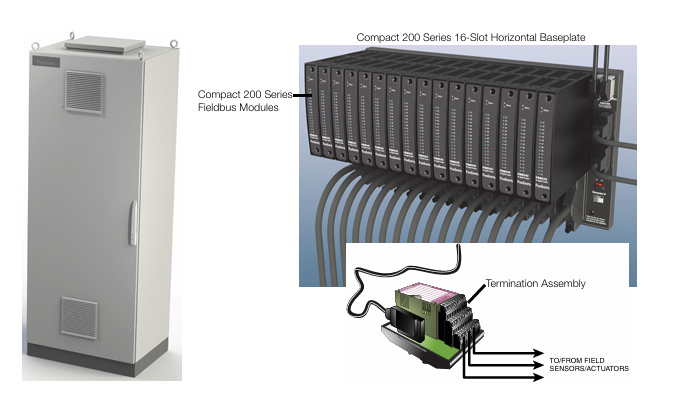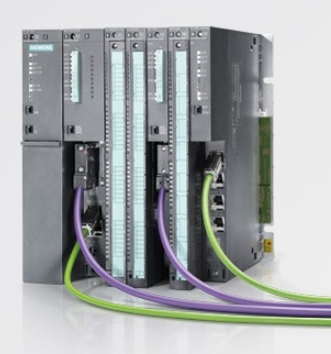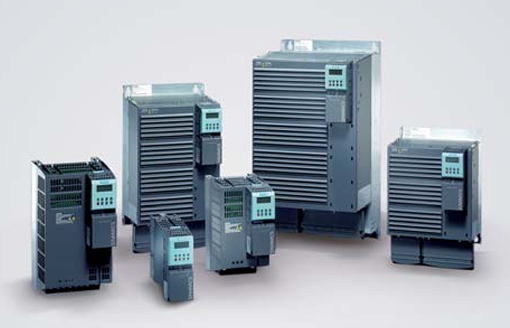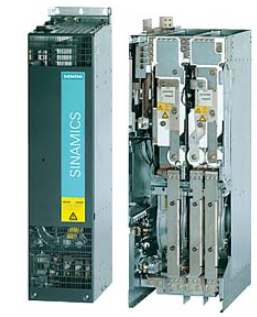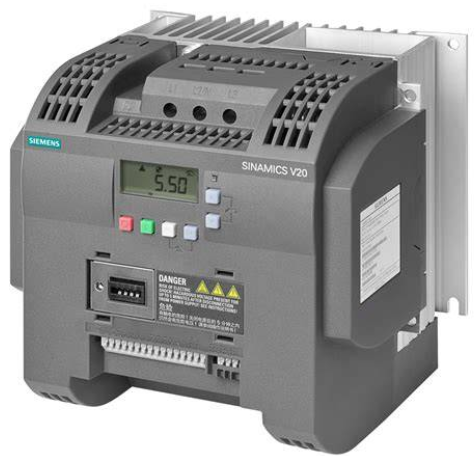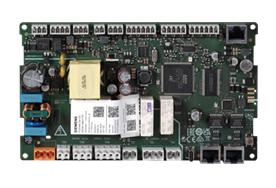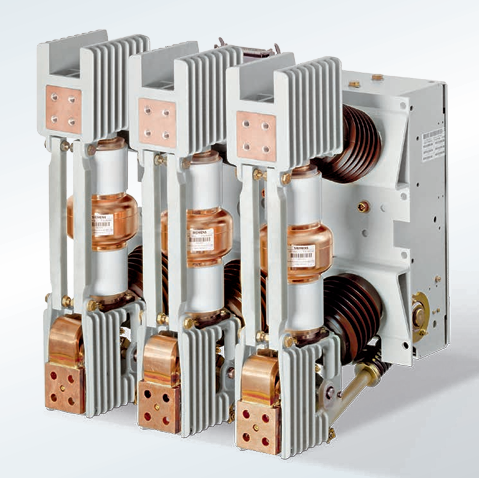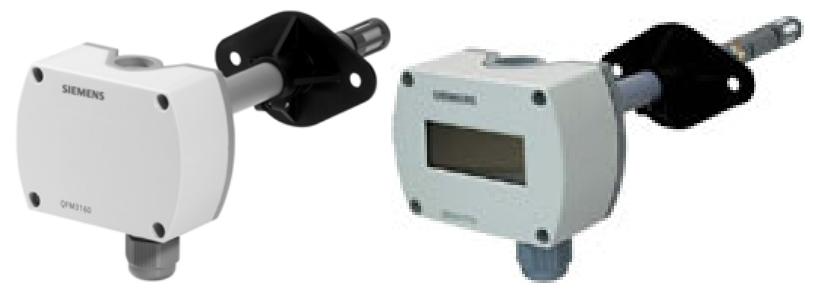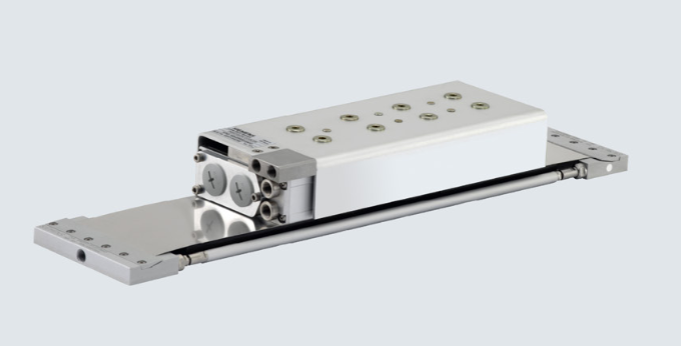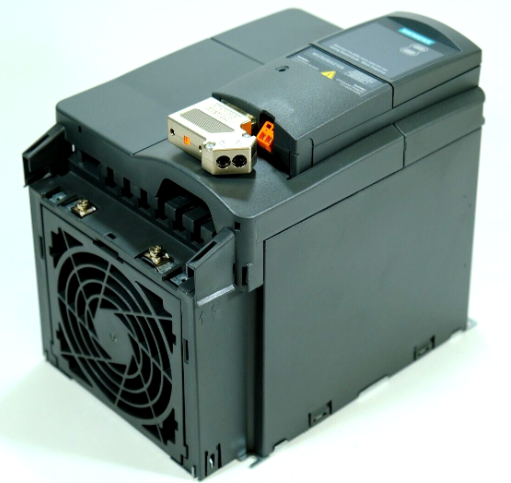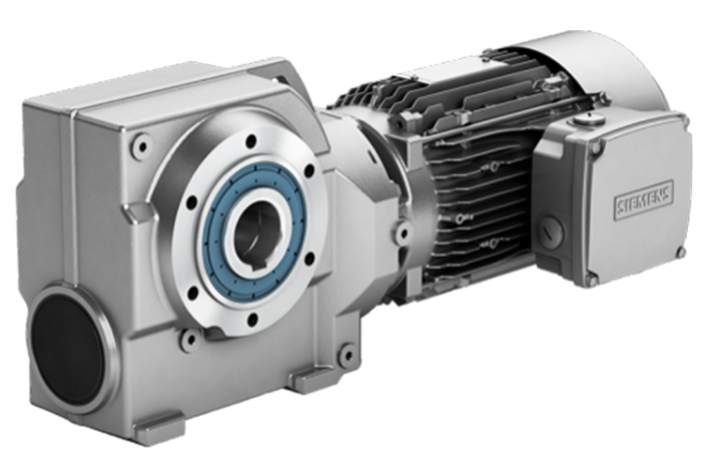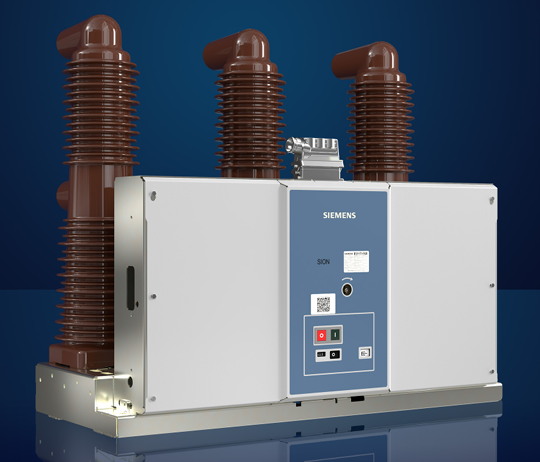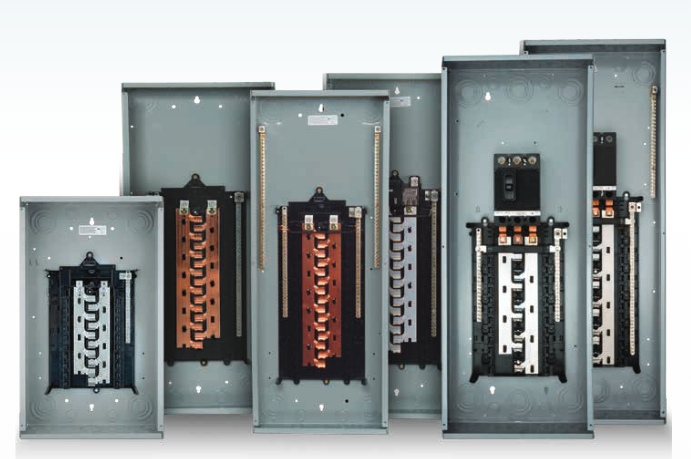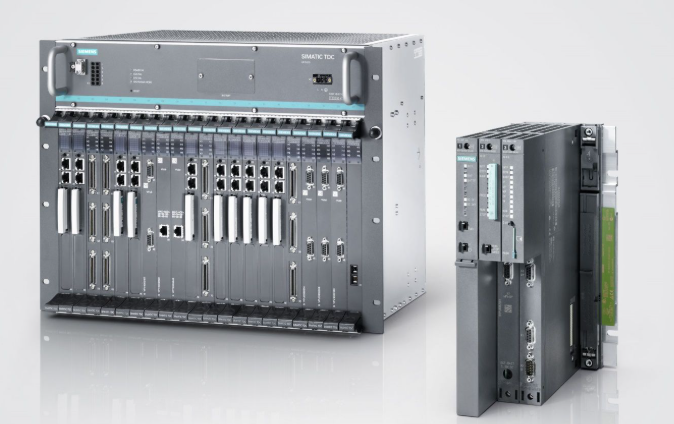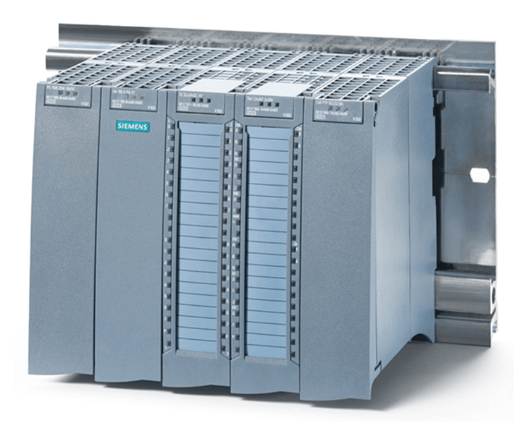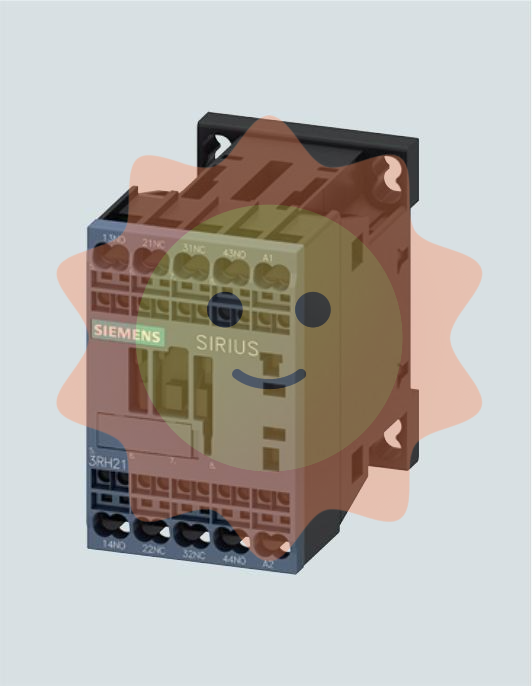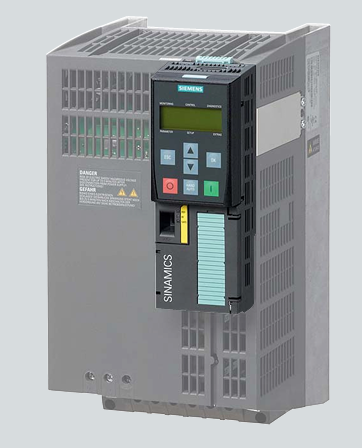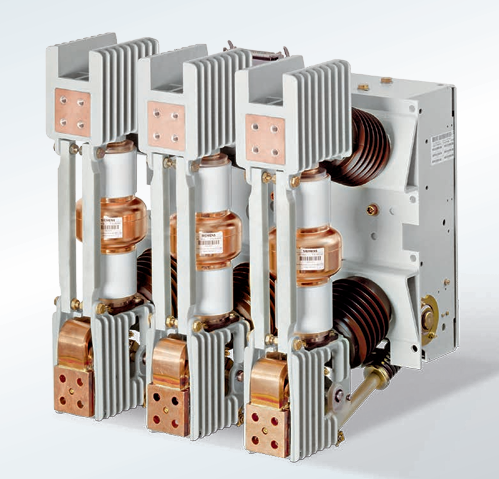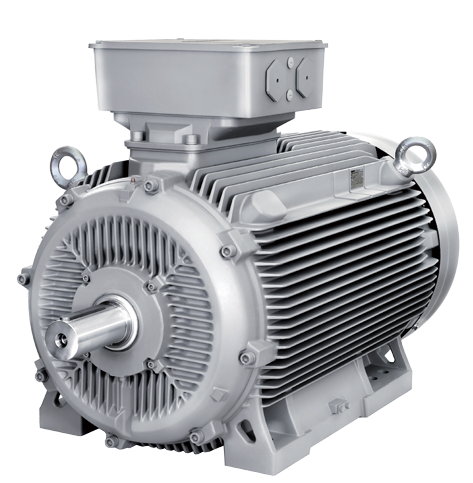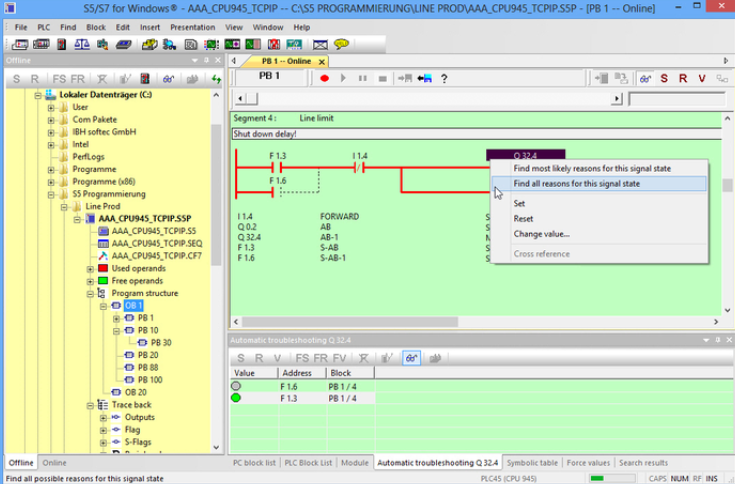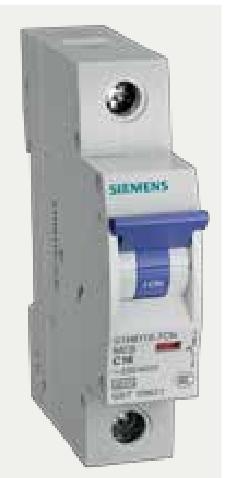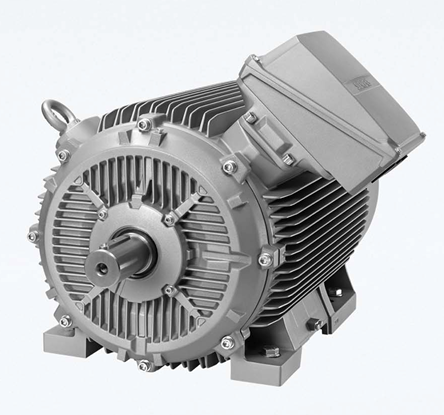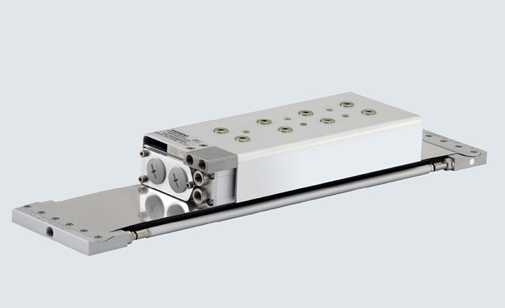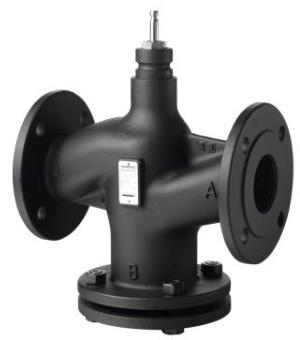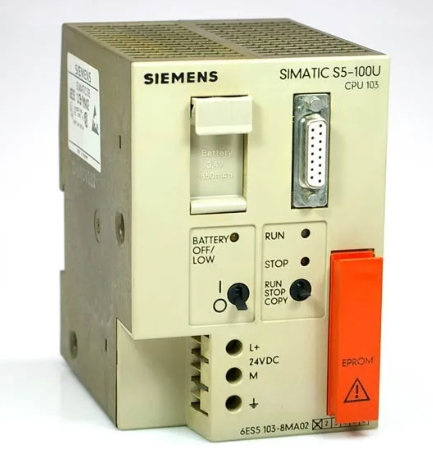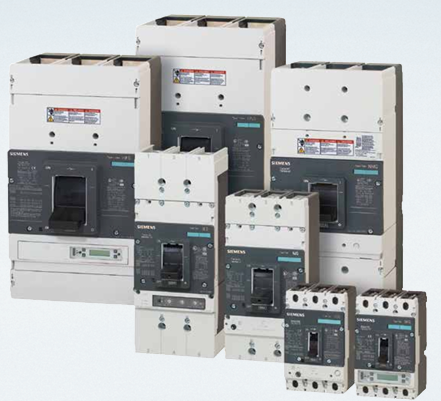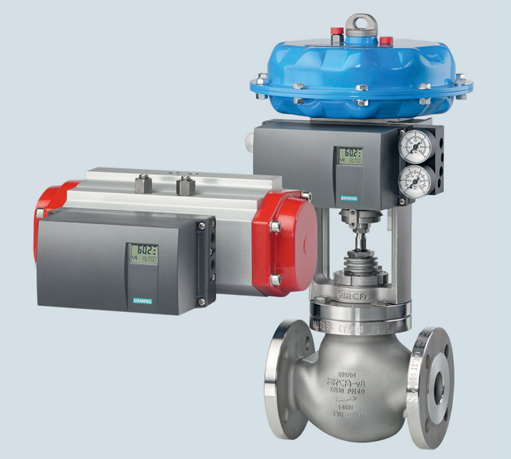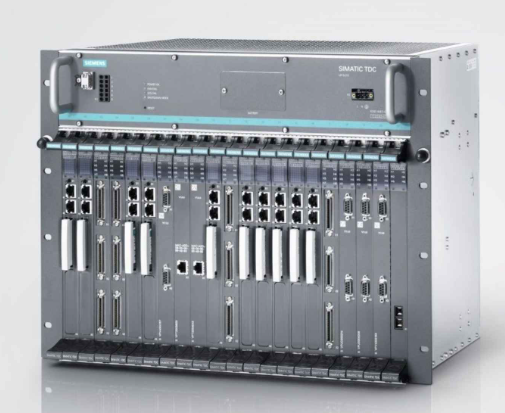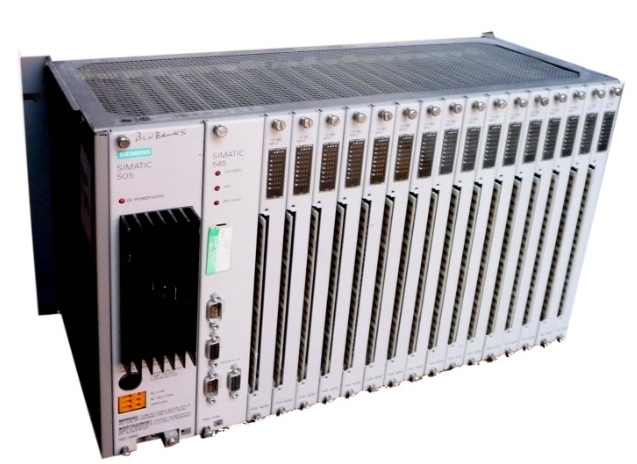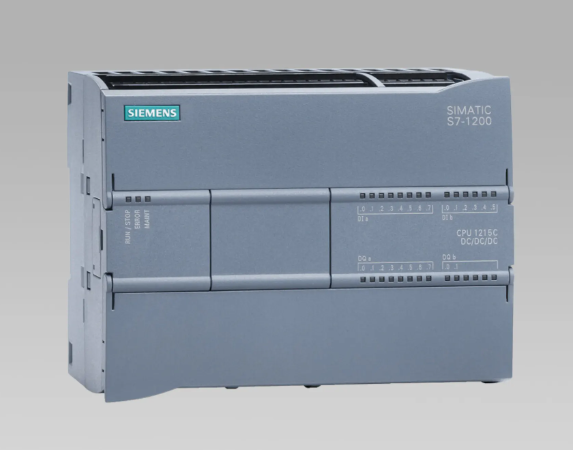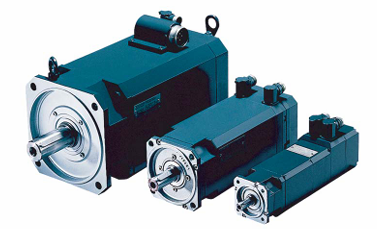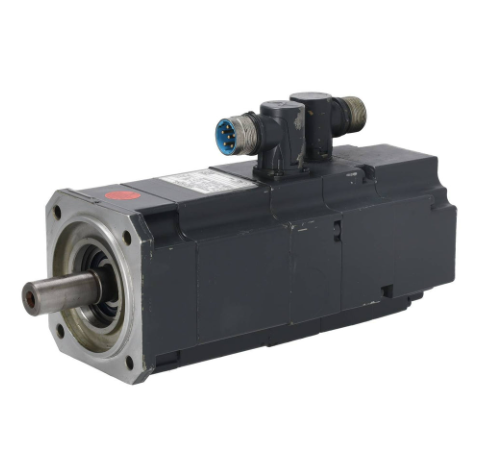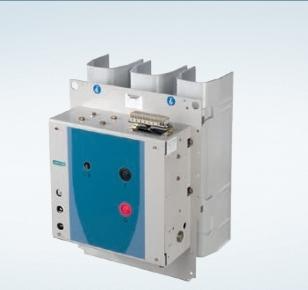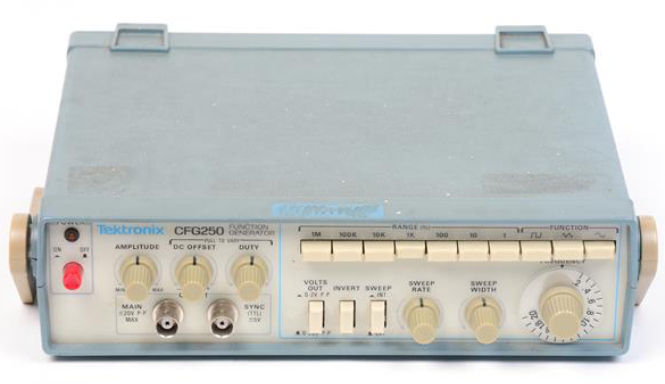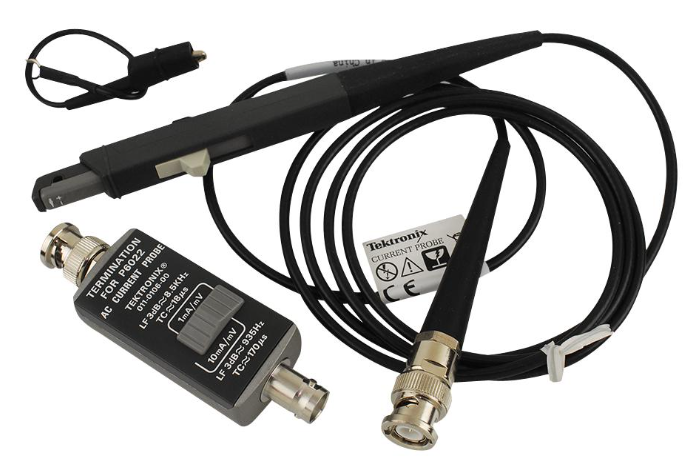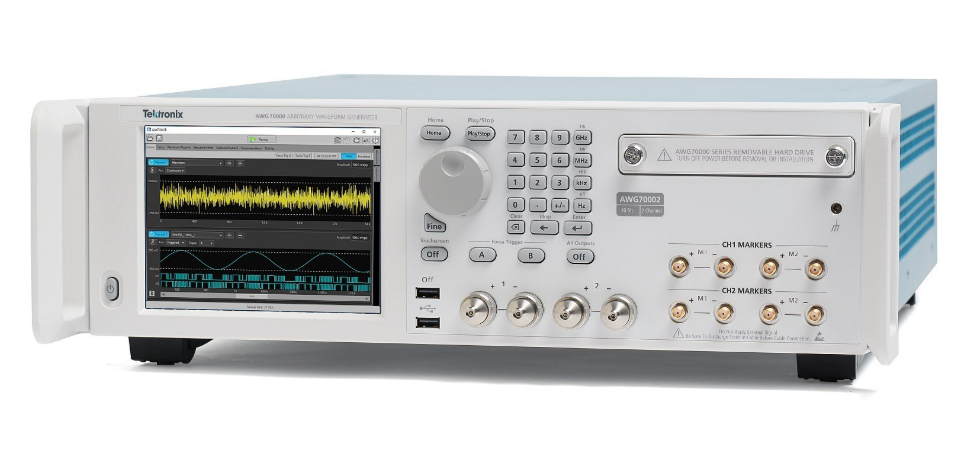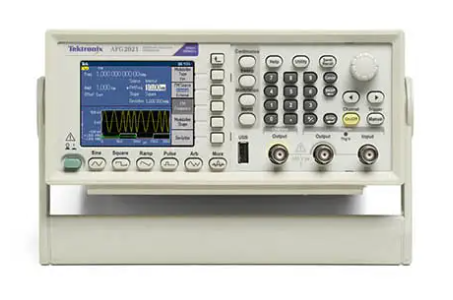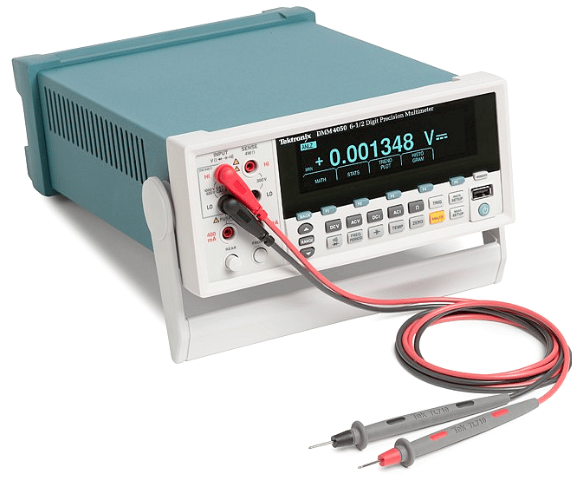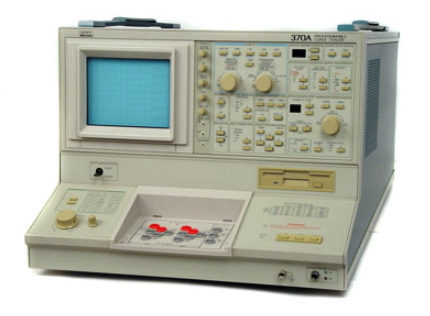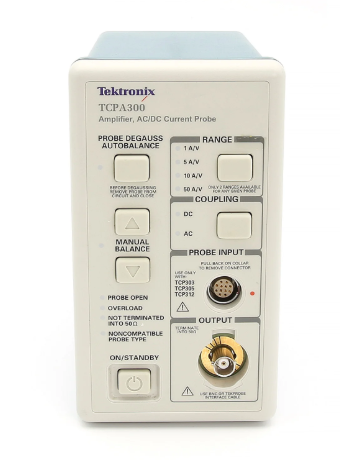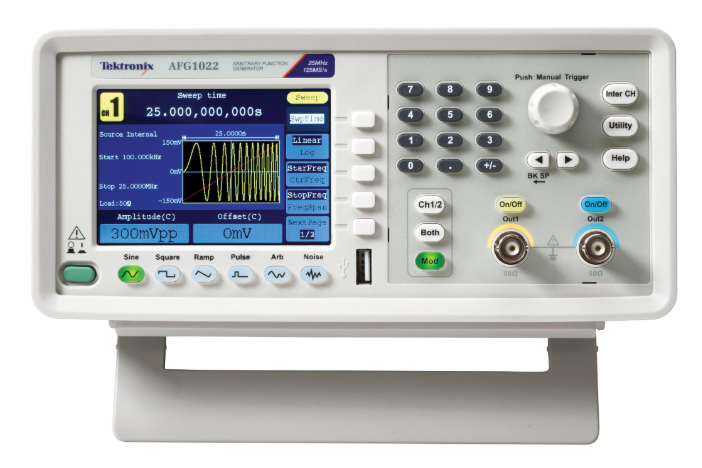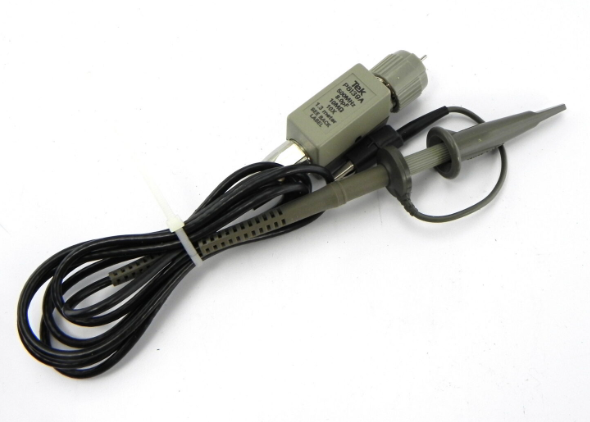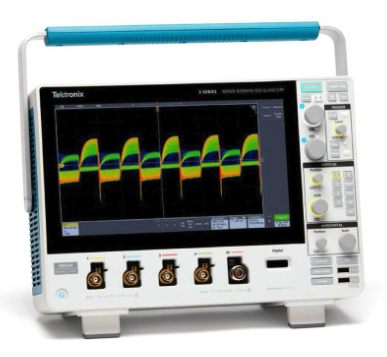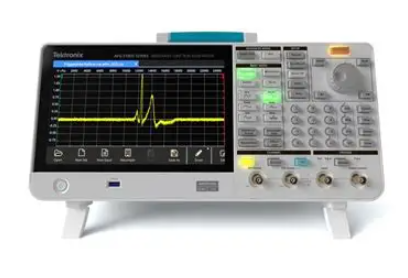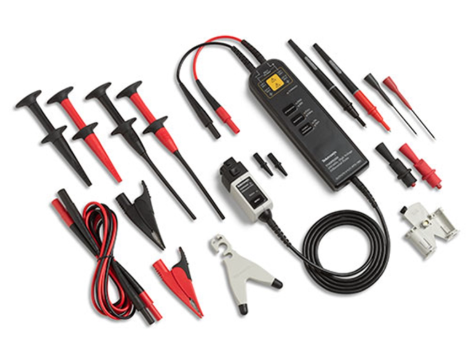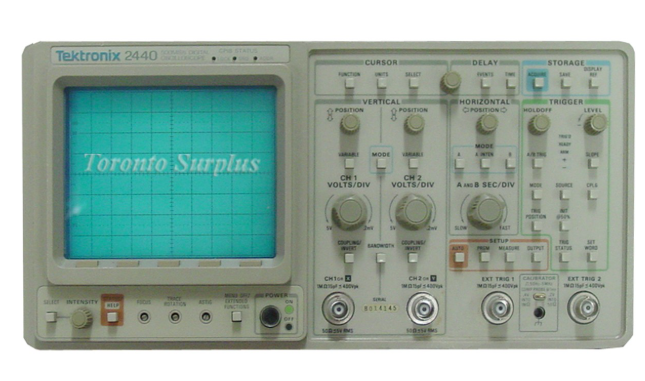GE DS3800DSAB Servo Valve Module
GE DS3800DSAB Servo Valve Module
Part Number DS3800DSAB Manufacturer General Electric Country of Manufacture As Per GE Manufacturing Policy Series Mark VI/VIe Function Module Availability In StockDS3800DSAB is a Servo Valve Module manufactured and designed by General Electric as part of the Mark IV Series used in GE Speedtronic Gas Turbine Control Systems. A servo valve module is a critical component in a turbine control system that is responsible for regulating the flow of hydraulic fluid to control the positioning and speed of turbine components.
In a turbine control system, the servo valve module is typically located in the hydraulic power unit, and it receives electrical signals from the control system's central processing unit (CPU) to adjust the flow of hydraulic fluid. The hydraulic fluid is used to control the position of the turbine's fuel and air control components, as well as the position of the turbine blades. The servo valve module operates by using an electrical signal to control the movement of a spool inside the valve.
This spool, in turn, controls the flow of hydraulic fluid through the valve to the turbine's actuators. The spool's movement is precisely controlled by the electrical signal, allowing the turbine control system to precisely adjust the position and speed of the turbine's components. FEATURES: Precision Control: The servo valve module must be able to provide precise control of the flow of hydraulic fluid to the turbine's actuators. This requires the module to be able to adjust the flow rate of the fluid accurately and quickly in response to changes in the control signals it receives. High Reliability: Since the servo valve module is a critical component in the turbine control system, it must be highly reliable and able to operate continuously without failure.
This requires the module to be constructed using high-quality materials and designed to withstand the harsh operating conditions found in a turbine environment. High Flow Rates: The servo valve module must be able to handle high flow rates of hydraulic fluid, which is necessary to provide sufficient force to actuate the turbine's components. Low Hysteresis: Hysteresis is the difference in the valve's opening and closing characteristics caused by the difference in the fluid's pressure. The servo valve module must have low hysteresis to ensure that the valve opens and closes smoothly, providing accurate control of the fluid flow. Low Noise: The servo valve module should operate with minimal noise to reduce any unwanted noise that could affect the turbine's operation.
Technical features
Programmability: Users can program and customise the module according to specific application requirements to achieve precise control of industrial processes and improve productivity and product quality.
Integration and compatibility: The module can be seamlessly integrated with other ABB products and solutions to form a unified automation platform. It also has excellent compatibility with other manufacturers' equipment and systems.
High performance and reliability: High-performance hardware and software are used to ensure stable operation and efficient control in industrial environments. With advanced fault detection and diagnostic functions, potential problems can be detected and dealt with in a timely manner, improving the reliability of the system.
Flexibility and expandability: with modular design, it can be flexibly configured and expanded according to actual needs. Whether it is a small or large project, it can be easily integrated into the existing automation system.
Easy to use and maintain: Provides an intuitive user interface and powerful diagnostic tools, enabling users to operate and maintain with ease.
Application Functions
Multi-functional control: The module can perform a variety of control functions, including logic control, motion control, temperature control, etc., to meet the needs of different application scenarios.
Digital control: Provides digital control functions that allow users to programmatically define and execute control logic to achieve precise control of complex industrial processes.
Communication Capability: Supports a variety of digital communication protocols, such as Ethernet, Profibus, Modbus, etc., in order to communicate with other devices, monitoring systems, or upper level control systems, and to achieve centralised management and monitoring of all parts of the system.
PLC Integration: Compatible and able to be integrated into ABB or other manufacturers' PLC systems to achieve seamless integration and overall synergy with other automation equipment and control systems.
Technical specifications and performance
Voltage & Current: Specific voltage and current specifications may vary depending on application scenarios and customised requirements, but usually have multiple voltage and frequency adaptations to suit the power standards of different regions.
Durability and Safety: High-quality power interface boards are usually made of durable materials and equipped with safety devices such as fuses and circuit breakers to ensure long term reliability and stability while protecting the equipment and users.
Communication features: Some power interface boards may have communication interfaces that allow the device to communicate with a computer or other control system for remote monitoring and control.
Indicator Lights and Displays: Some power interface boards may be equipped with indicator lights for displaying information such as power status, connection status, etc., to facilitate troubleshooting and status monitoring by users.

- User name Member Level Quantity Specification Purchase Date
- Satisfaction :
-









Email:wang@kongjiangauto.com

